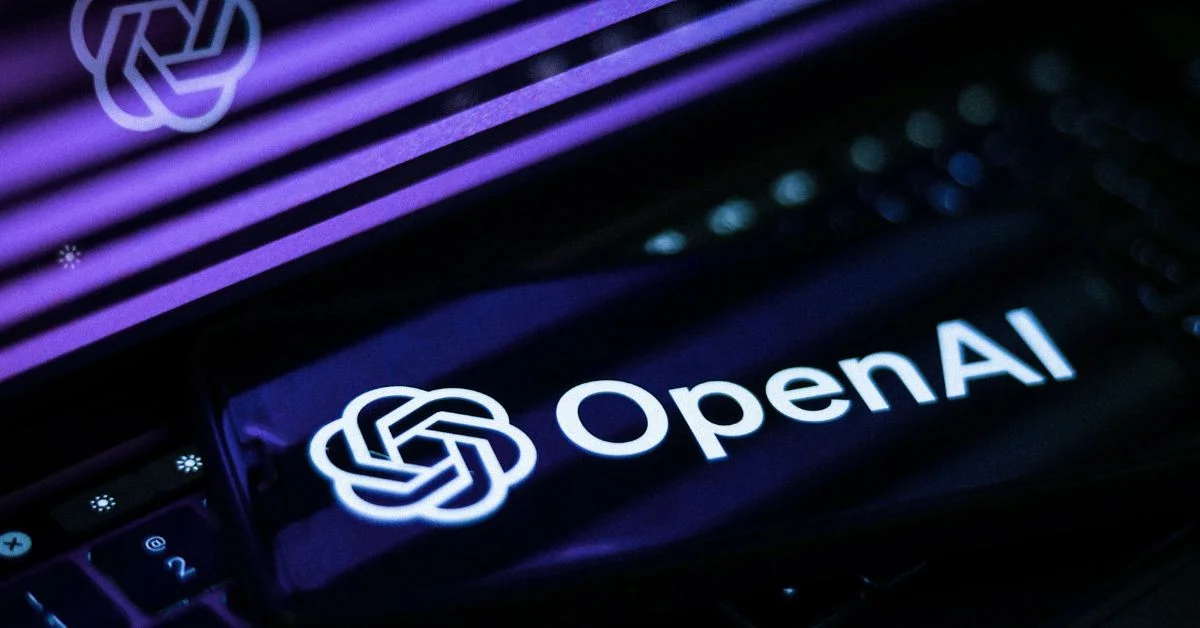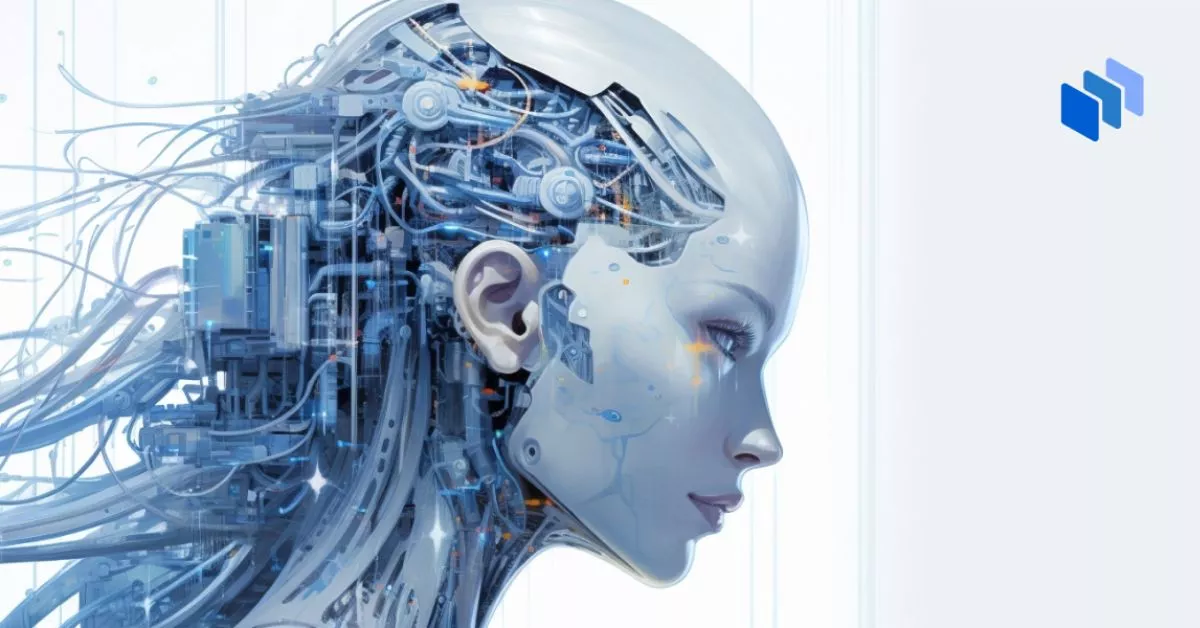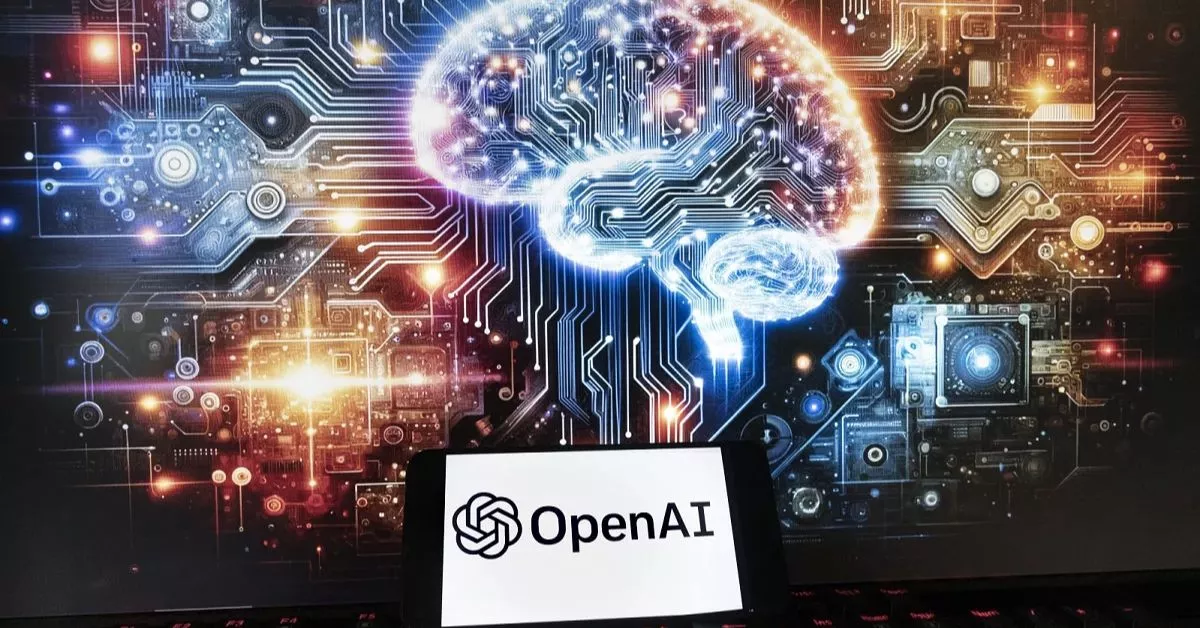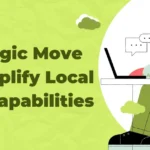In the ever-evolving landscape of artificial intelligence (AI), OpenAI’s recent innovation, Sora, has sparked a significant conversation within various industries about the role of AI in creative processes. Sora, designed to enhance and streamline creative tasks, has been met with both enthusiasm and skepticism, highlighting a divide that underscores deeper questions about creativity, authorship, and the future of AI-assisted work.
Understanding Sora and Its Capabilities
Sora represents the latest in a series of AI tools aimed at augmenting human creativity. With capabilities ranging from generating artistic concepts to offering design suggestions, Sora is positioned as a companion that can inspire, refine, and expedite creative workflows.
Its algorithm, trained on vast datasets of creative work, can produce unique outputs based on user prompts, making it a powerful tool for designers, writers, artists, and creators across disciplines.

The Enthusiasts: Embracing AI as a Creative Partner
On one side of the divide are the enthusiasts who view Sora and similar AI tools as groundbreaking innovations that can push the boundaries of creativity. They argue that AI can serve as a muse, offering new perspectives and ideas that might not emerge from human brainstorming alone.
For these proponents, AI tools like Sora democratize creativity, making high-quality design and artistic expression accessible to those without traditional training.
Benefits Highlighted by Enthusiasts:
- Efficiency and Speed: AI can significantly reduce the time it takes to generate ideas and execute designs, allowing creators to focus on refining and iterating on their work.
- Infinite Inspiration: With the ability to generate countless ideas, AI tools can inspire creators and help overcome creative blocks.
- Accessibility: Sora and similar technologies make professional-level creativity more accessible to non-experts, leveling the playing field for aspiring artists and designers.
The Skeptics: Concerns About Authenticity and Originality
Conversely, skeptics of AI-driven creativity tools like Sora raise concerns about the authenticity and originality of AI-generated content. They question whether creations produced with the assistance of AI can truly be considered original works of art or design.
Skeptics worry that reliance on AI for creative tasks may diminish the value of human creativity, leading to a homogenization of artistic expression where AI-generated content lacks the depth and emotion of human-made works.

Concerns Voiced by Skeptics:
- Authenticity and Emotional Depth: Can AI-generated content convey the same depth of emotion and authenticity as human-created works?
- Originality and Copyright: The legal and ethical implications of copyright and ownership of AI-generated content remain murky.
- Dependence on AI: There’s concern that over-reliance on AI tools could erode creative skills and intuition.
Navigating the Divide: Finding a Balanced Approach
The divide over AI and creativity necessitates a balanced approach that recognizes the value of AI as a tool for enhancing human creativity while acknowledging the legitimate concerns about its impact on originality and artistic integrity. This approach involves setting clear boundaries for AI’s role in the creative process and fostering a culture of collaboration between humans and AI.
Strategies for a Balanced Approach:
- Complementary Collaboration: View AI as a collaborative partner that can offer suggestions and inspiration, with humans making the final creative decisions.
- Ethical Guidelines and Standards: Establish clear guidelines for the use of AI in creative work, addressing copyright, authorship, and ethical considerations.
- Continuous Learning and Adaptation: Encourage creators to continually develop their skills and adapt to new technologies, using AI as a tool for growth rather than a crutch.
Conclusion
OpenAI’s Sora tool has illuminated the ongoing debate about the role of AI in creativity, revealing deep-seated divisions within various industries. As we move forward, finding a balanced approach that leverages AI’s potential while preserving the essence of human creativity will be crucial.
By fostering a collaborative relationship between humans and AI, we can harness the power of these technologies to expand the horizons of creative expression without losing sight of the value of human touch in art and design.
Frequently Asked Questions
Can AI truly be creative?
AI can generate novel ideas and designs based on the data it’s trained on, but true creativity involves emotional depth, context, and intentionality that AI currently cannot replicate on its own.
How can creators ensure their AI-assisted work remains authentic?
Creators can use AI tools like Sora for inspiration and ideation while ensuring that the final creative output is infused with their personal vision, experiences, and emotional depth.
What are the copyright implications of using AI in creative processes?
The legal landscape around copyright and AI-generated content is evolving. It’s important for creators to stay informed about copyright laws and ensure proper attribution and rights management for AI-assisted work.










